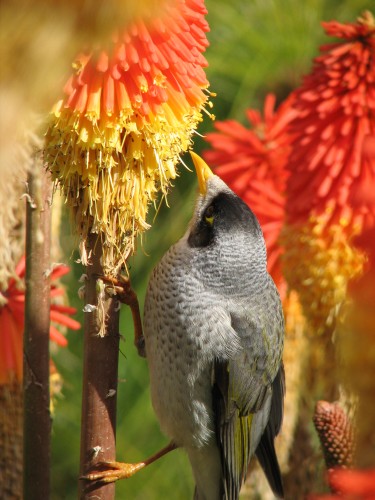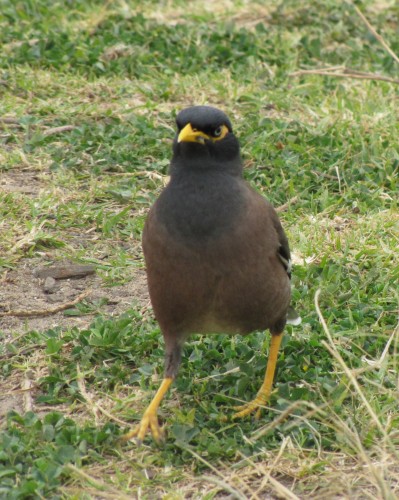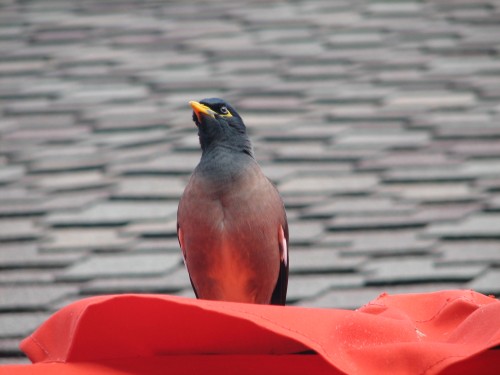Noisy Miner up close
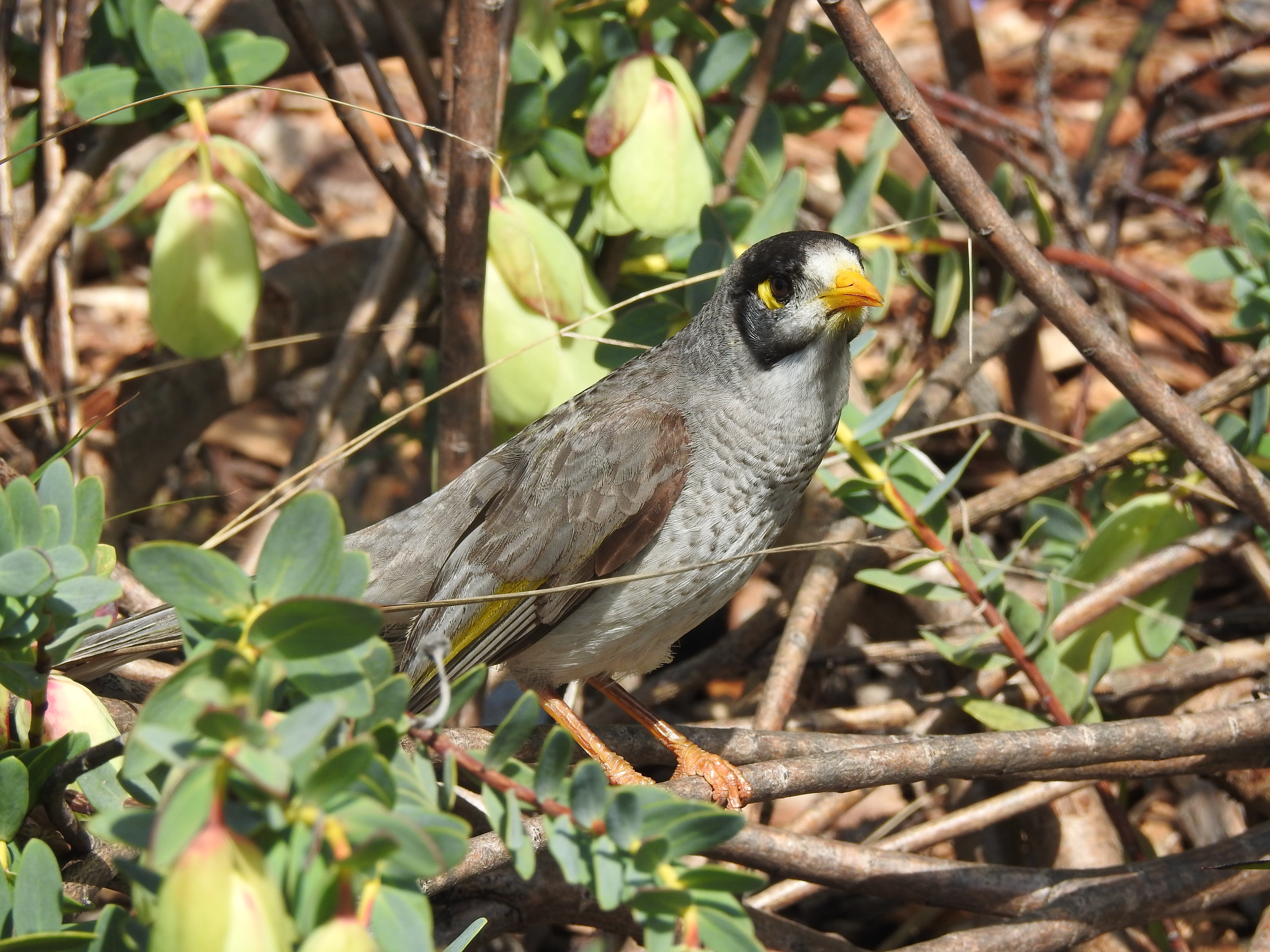
I am currently staying with my son and family in Sydney. Before arriving at his home I spent a few hours taking photographs and doing some birding in the Australian Botanic Gardens at Mount Annan. These beautiful gardens are situated in the south-west of Sydney. The plants are certainly worth seeing, especially in spring when so many are in full bloom. The birding is also very rewarding.
While I was taking plenty of photos of the many plants in flower (see photos below), I came across a very cooperative Noisy Miner. It was busily feeding on the nectar in one of the plants and was certainly unconcerned that I was barely a metre away, snapping away with my camera. It certainly makes bird photography easy when you get cooperative birds like this one. It is generally a very bold species, quite accustomed to being in contact with humans.
Food
The Noisy Miner is a member of the honeyeater family of birds. They usually feed on nectar which is generally in plentiful supply in our Australian native plants. They will also eat fruit and insects.
Habitat and distribution
Noisy Miners are a common species found throughout eastern Australia from northern Queensland through much of New South Wales, Victoria and South Australia. They are also present in Tasmania. They are found in open bushland, woodlands and forests. They have adapted well to life in parks and gardens in urban areas, often supplanting our smaller birds species through their aggressive nature. They are bold enough to take on much larger birds like magpies and ravens.
Further reading:
Rainbow Lorikeet in the “Moonlight”
Australian Museum article on the Noisy Miner
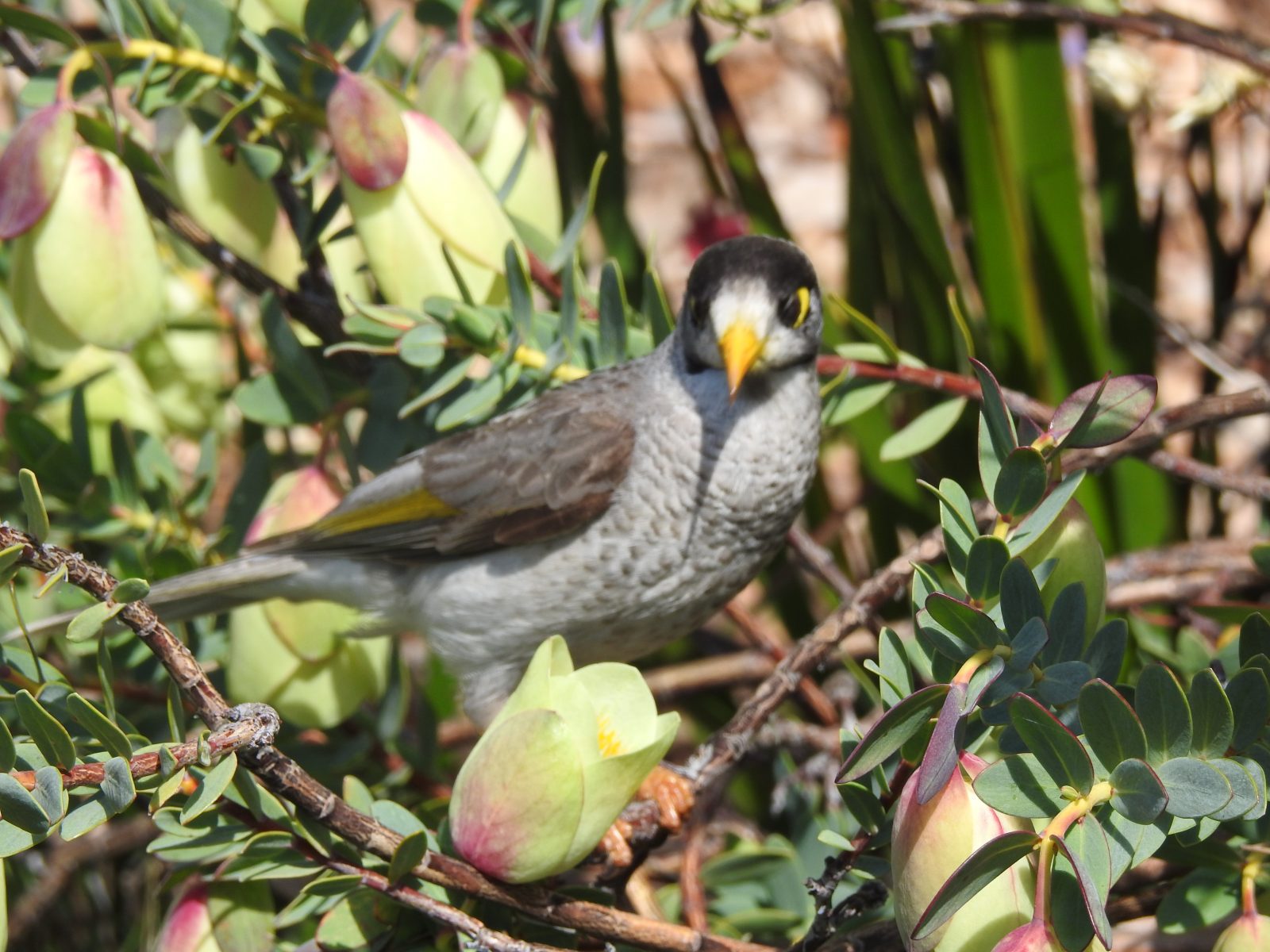
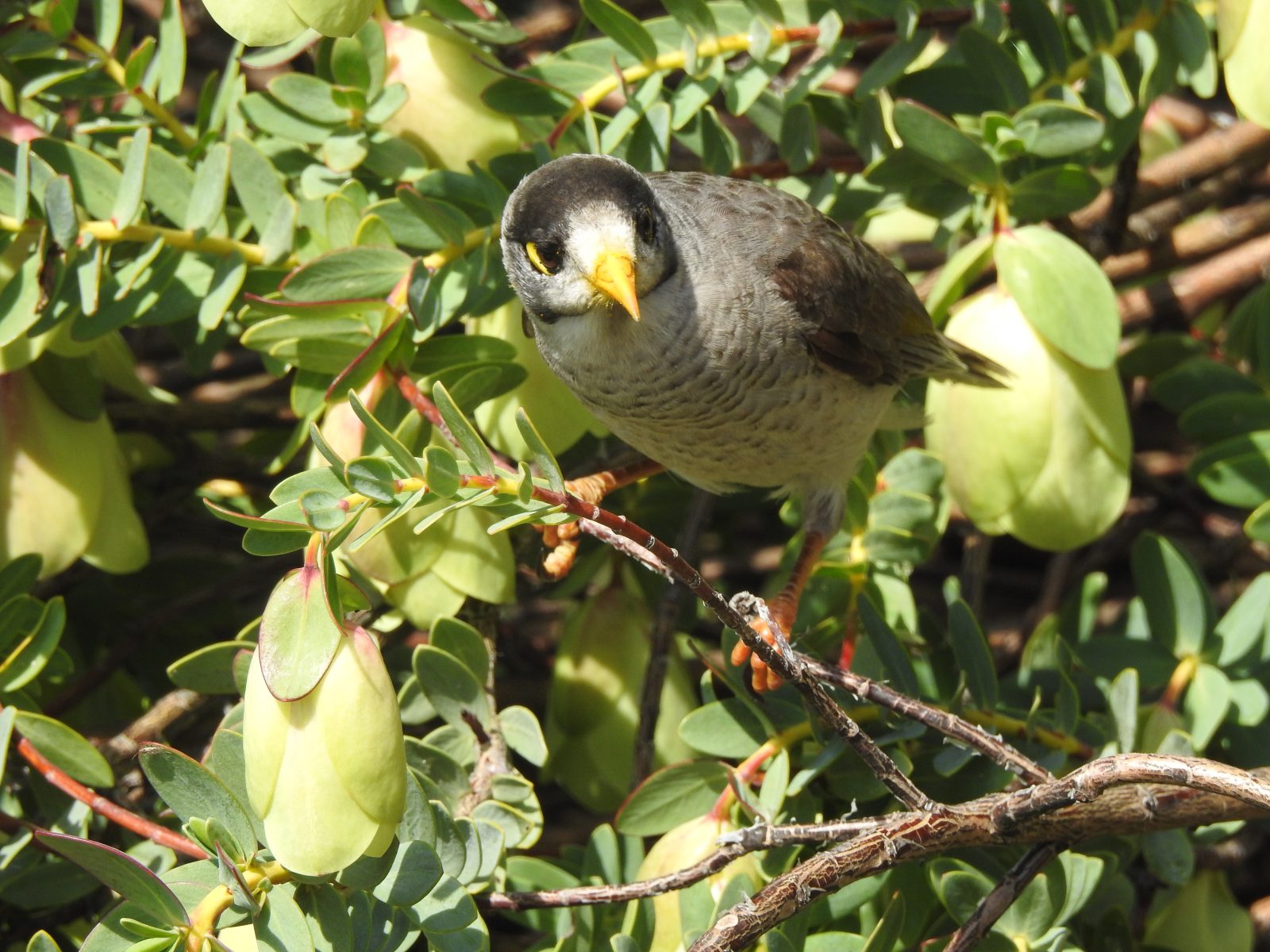
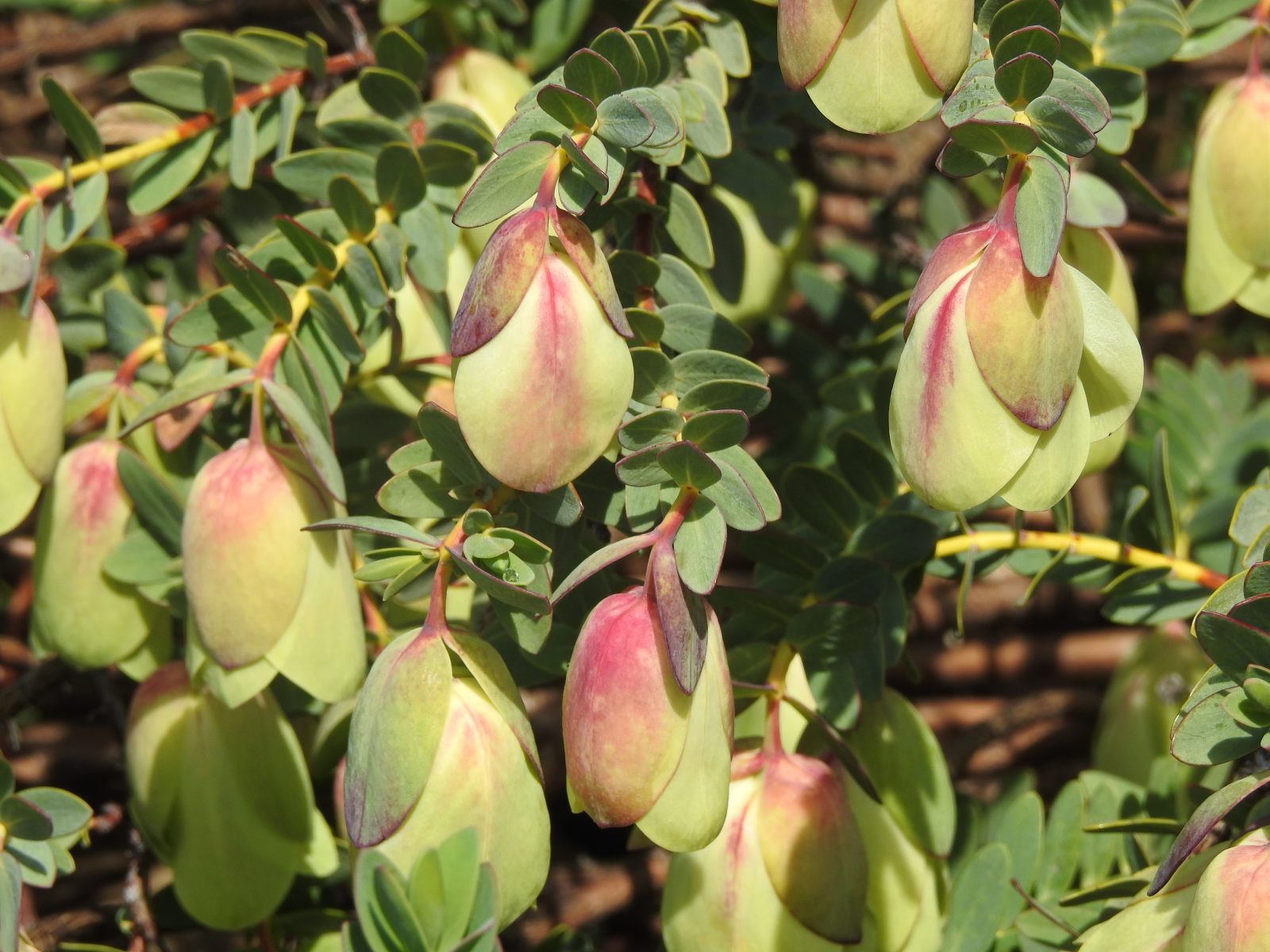
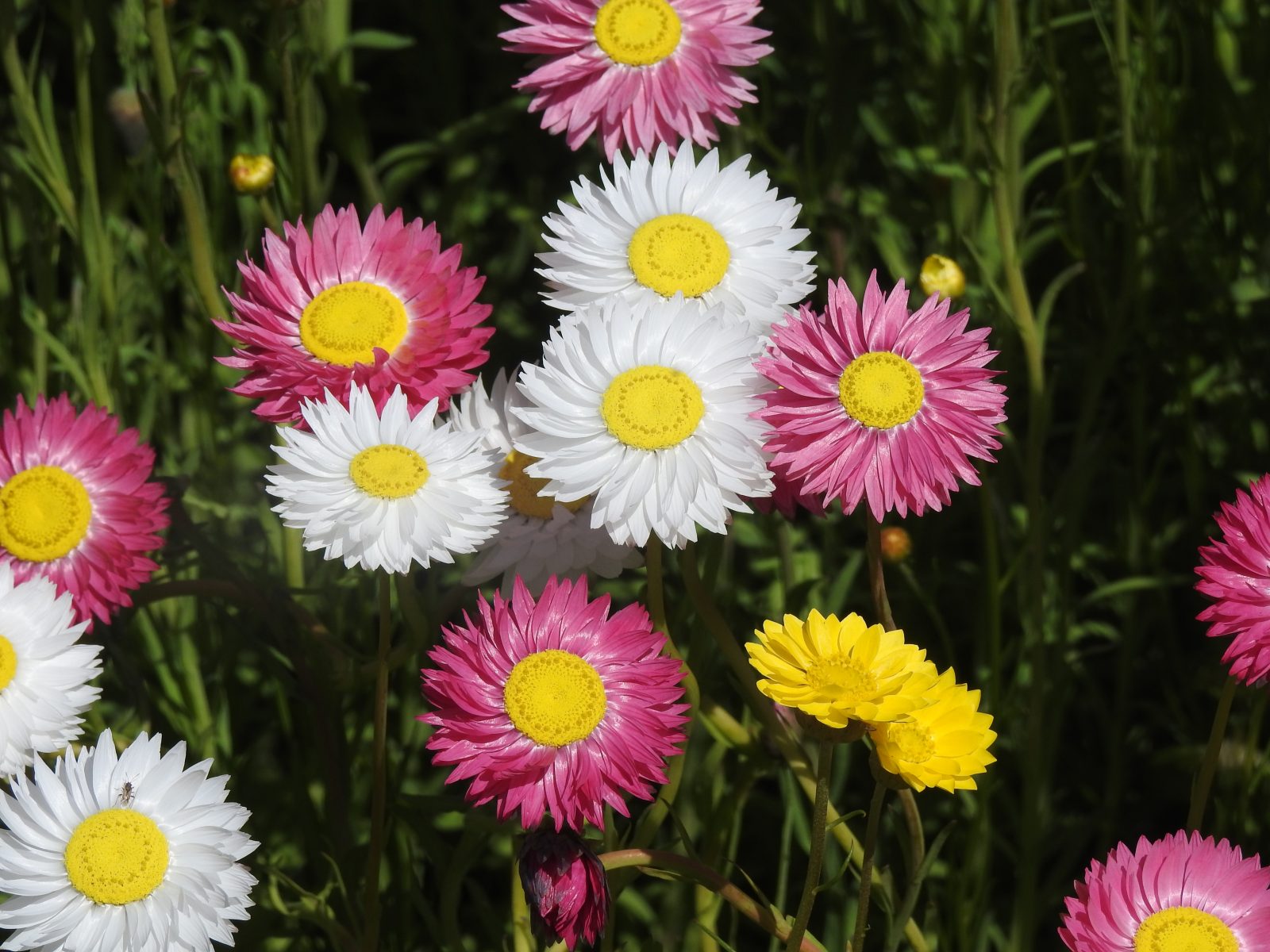
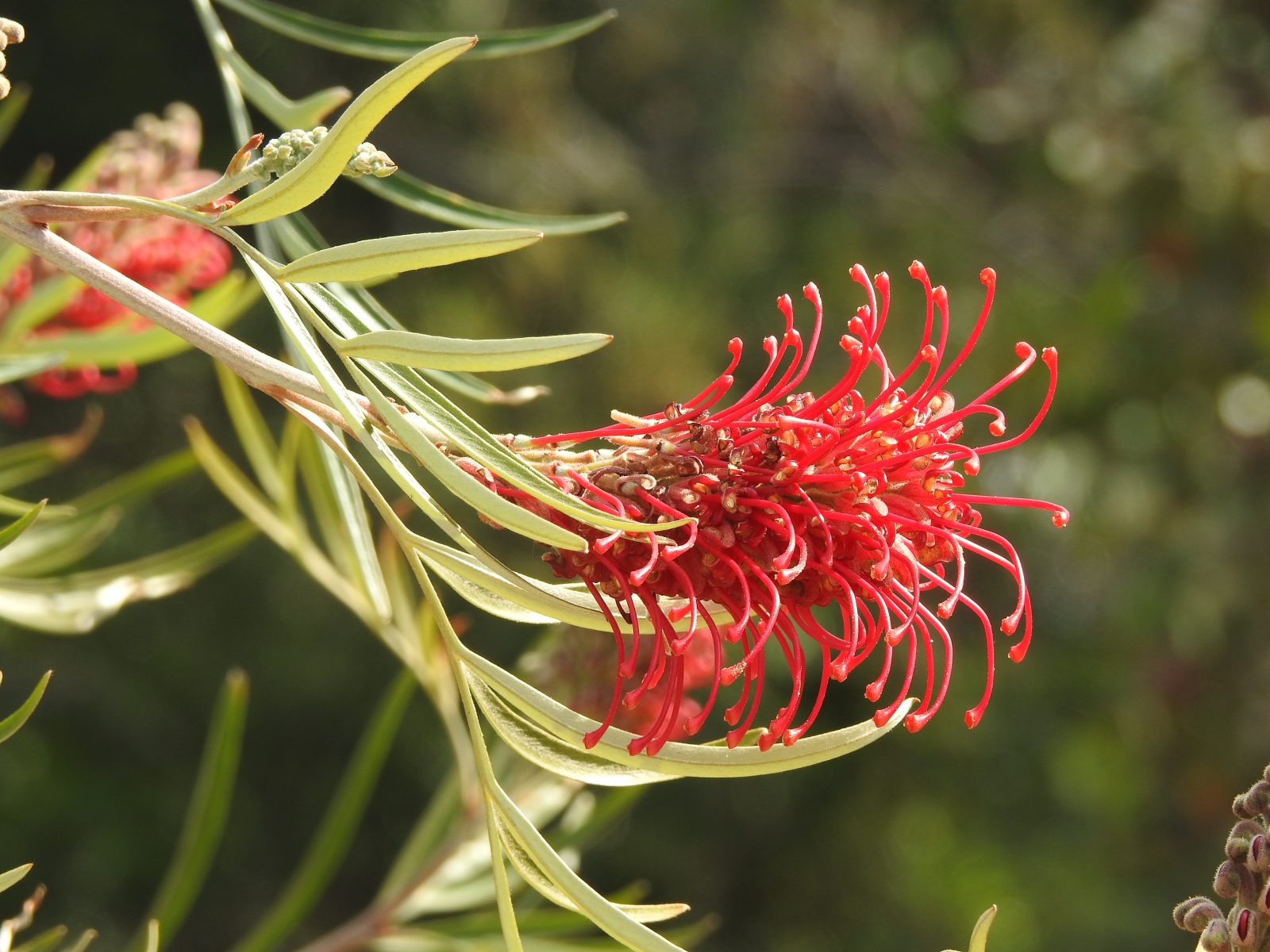
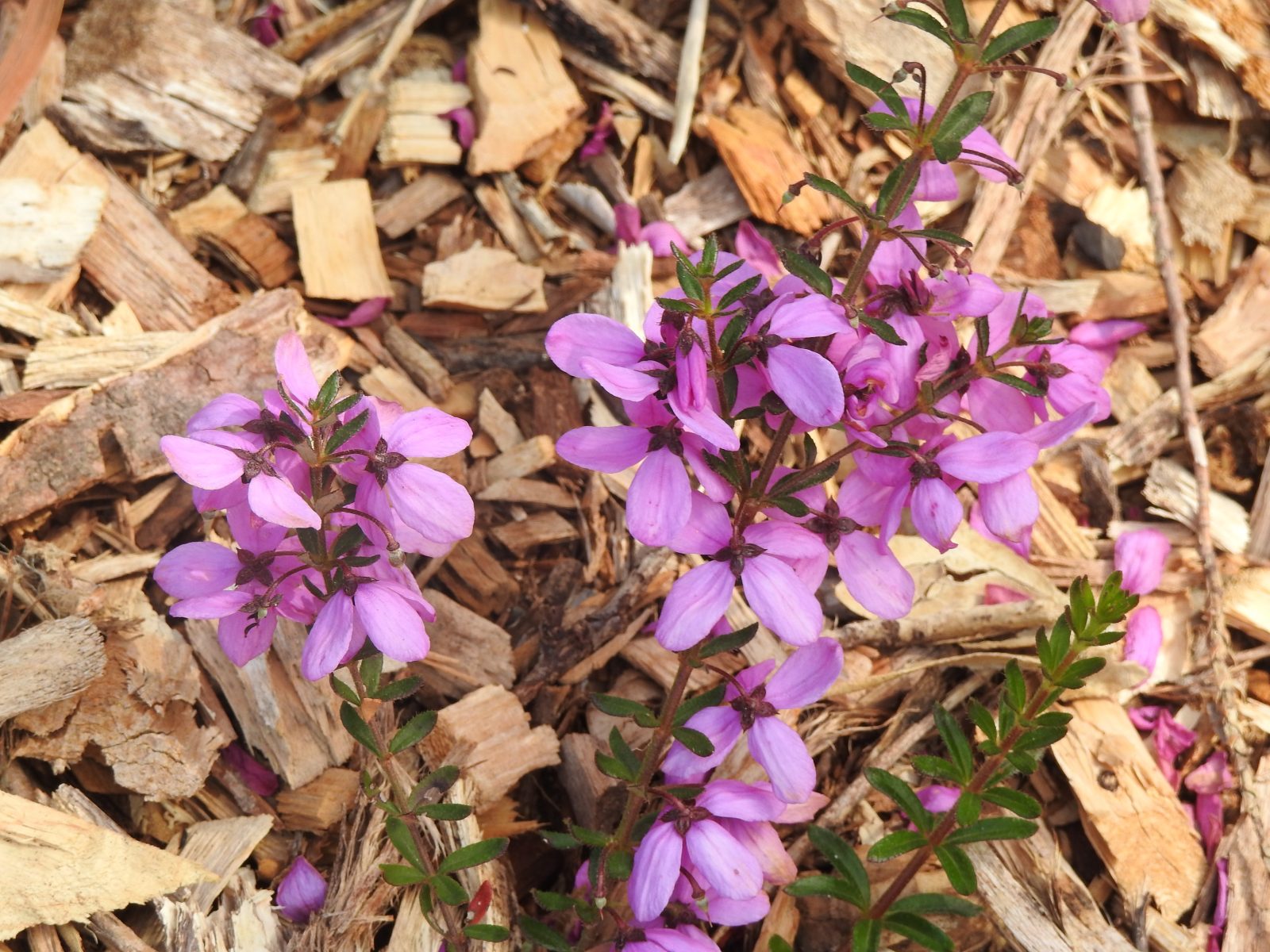
Miners v Mynas
I was a little amused last week when there was quite a flurry of correspondence in the Letters to the Editor section of our state-wide newspaper, The Advertiser. A reader wrote in complaining that something should be done about Myna birds in his suburb which he considered pests. He claimed that they were chasing away all the other birds, especially the smaller ones such at wrens and thornbills.
The next day the paper printed a whole page of rebuttals – or rather, a raft of claims of mistaken identity. Several years ago I, too, experienced getting into a long discussion with someone who was adamant that there were Mynas around the Salisbury area in the north of the city. They just would not be convinced otherwise.
The fact remains that there are currently no Common Mynas (also known as Indian Mynas) in South Australia. This introduced species is, however, relatively common in the eastern states and their range is increasing. Only last week my 7yo grandson reported that they now have them in their garden in Artarmon for the first time. (I have seen them up the street but never in their garden.) I have included a photo of a Common Myna below, taken several years ago in the Taronga Park Zoo in Sydney, a few suburbs away from my son’s home.
The species that the correspondent was concerned about was the Noisy Miner, an Australian native honeyeater species as shown in the photo above, taken a few years ago in the Adelaide Botanic Gardens. The Noisy Miner is a gregarious and mostly aggressive species which can be very dominant in some situations. Their bossy ways discourage smaller species like wrens, thornbills and other honeyeaters until those species leave and never return. One of the ways of combating their habits is to plant up gardens with smaller Australian native plants because they prefer more open, grassy, lawned areas.
As an interesting aside, we do not have Noisy Miners on our five acre block on the edge of Murray Bridge. They are relatively common along the river reserves and throughout the town, but in over 30 years they have never – to my knowledge – visited out property, though I have expected them for some years now. I did see one small family group about 500 metres down the side road from our place, but so far they have not moved any closer. We certainly do not want them invading our orchard – the Mallee Ringneck parrots are pest enough in the fruit trees. (Placing bird netting over the trees mostly works effectively.)
The threat of Common Mynas
The following is a quote from our government department PIRSA (Primary Industry):
The species is listed by the IUCN (World Conservation Union) as one of 100 of the world’s worst invasive alien species alongside Common Starlings, Red Foxes and Cane Toads. The Common Myna is a moderate pest of agriculture causing damage to orchard fruits such as fig, apple, pear, strawberry, guava, mango and grape. It also damages standing cereal crops including maize, wheat and rice.
In several countries it is considered an environmental pest and is reported to eat eggs and young birds and mammals including endangered species. The Common Myna aggressively competes for nest hollows and food, adversely affecting the breeding success of other birds and hollow-nesting mammals. It has been observed
attacking terns on islands as well as taking the eggs of other sea birds, possibly interfering with those birds’ breeding and general behaviour. The Common Myna is also known to spread avian malaria to other birds.
Further reading:
- Website: Primary Industry and Regions South Australia – this page lists 6 PDF documents relating to potential pest bird species in South Australia: Common Myna, Canada Goose, Red-whiskered Bulbul, Common House Crow, Indian Ring-neck Parakeet and Barbary Dove. It also has other documents relating to potential animal pests such as the Cane Toad.
- This is not a minor threat
- Birds in the Sydney CBD
- Noisy Miners causing problems
- Great birding moments #10 Noisy Miner Adelaide Botanic Gardens
Noisy Miners causing problems
As I wrote here a few days ago I am currently visiting my daughter in Ethiopia and doing some interesting birding on the side. You’ll have to wait until the New Year to see photos of the amazing birds I am seeing.
About a week ago I had an urgent email from a journalist with our daily newspaper “The Advertiser” which is distributed throughout South Australia. She was asking permission to publish one of my bird photos in the Saturday edition. The accompanying article explained how Noisy Miners, a protected Australian native bird, are causing many problems in gardens around our capital city, Adelaide. Many are calling for a cull of this species due to their aggressive nature towards other native bird species, especially small birds like Red-browed Finches.
I didn’t bring my computer with me as I am using my daughter’s. I couldn’t supply the journalist with a high resolution photo for the paper. So I referred her to my son who managed, with some clever lateral thinking and searching, to find the photo on our backup files. The article went ahead featuring my photo.
You can see the photo and read the article here: Scientists want noisy miner cull.
Good birding.
